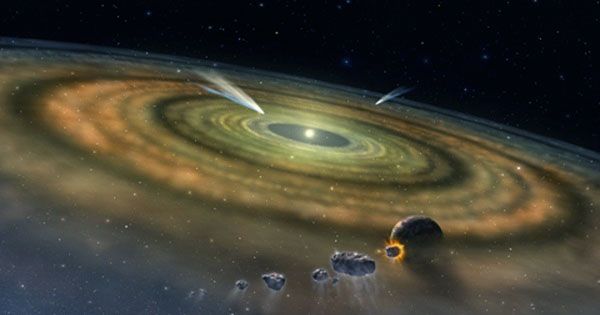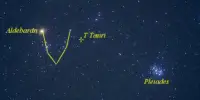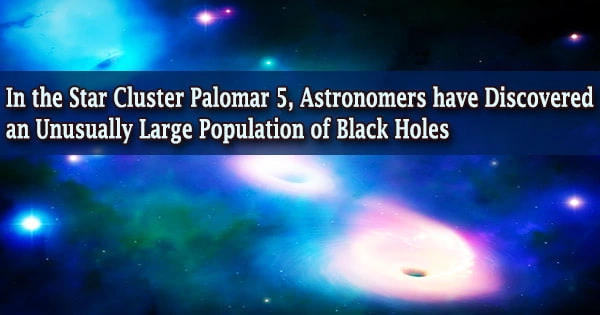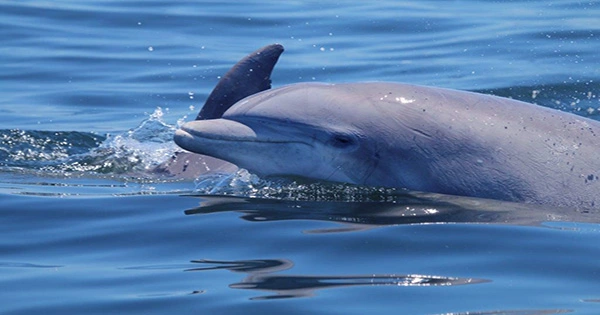Astronomers have found that rocky exoplanets may be considerably stranger than previously believed. The remnants of rocky exoplanets orbiting white dwarfs have revealed peculiar rock types not seen anywhere else in the solar system, according to observations. There are thousands of proven exoplanets in our galaxy, and there are countless more potential ones (including one in the famous Whirlpool galaxy). However, investigating stony planets in their whole is now extremely challenging. A group of scientists had the brilliant notion of studying the remnants of planets that had been destroyed by their stars.
The scientists studied contaminated white dwarfs, according to Nature Communications. These are stellar remnants or a star’s exposed degenerate core. These objects’ atmospheres are mostly hydrogen and helium, but they can become “polluted” when debris from prior planets, asteroids, and moons fall into them. Siyi Xu, an astronomer, and Keith Putirka, a geologist, studied 23 contaminated white dwarfs within 650 light-years. The amount of magnesium, silica, calcium, and iron found in these artifacts has been precisely calculated, allowing the scientists to rebuild the rocks from whence they came.

Continental crust (the outer section of the planets) was not discovered in the contaminated material, most likely due to its minor fraction among the debris. Deeper strata of rock are more numerous, which is contrary to their expectations. The mantle in one example is Earth-like, while the most are exotic in composition and mineralogy. “While some exoplanets that originally orbited dirty white dwarfs resemble Earth, the majority have rock compositions that are unique to our Solar System,” said Xu of the National Science Foundation’s NOIRLab in a statement. “In the Solar System, they have no direct equivalents.”
The team had to come up with new names for some of the rock types that they believe formed these long-extinct planets. “Quartz pyroxenites” and “periclase dunites” are two of the new names, both of which have a fantastic sci-fi ring to them. The qualities of these new forms of rock, however, are crucial. These universes will be diametrically opposed to our own.
“Some of the rock types we detect in the white dwarf data would dissolve more water than rocks on Earth, and this might have an influence on how oceans emerge,” said Putirka of California State University. “Some rock types may melt at considerably lower temperatures and generate thicker crust than Earth rocks, while others may be weaker, facilitating plate tectonics growth.” The Milky Way’s rocky worlds might be a lot more exotic than our previous knowledge predicted.
















